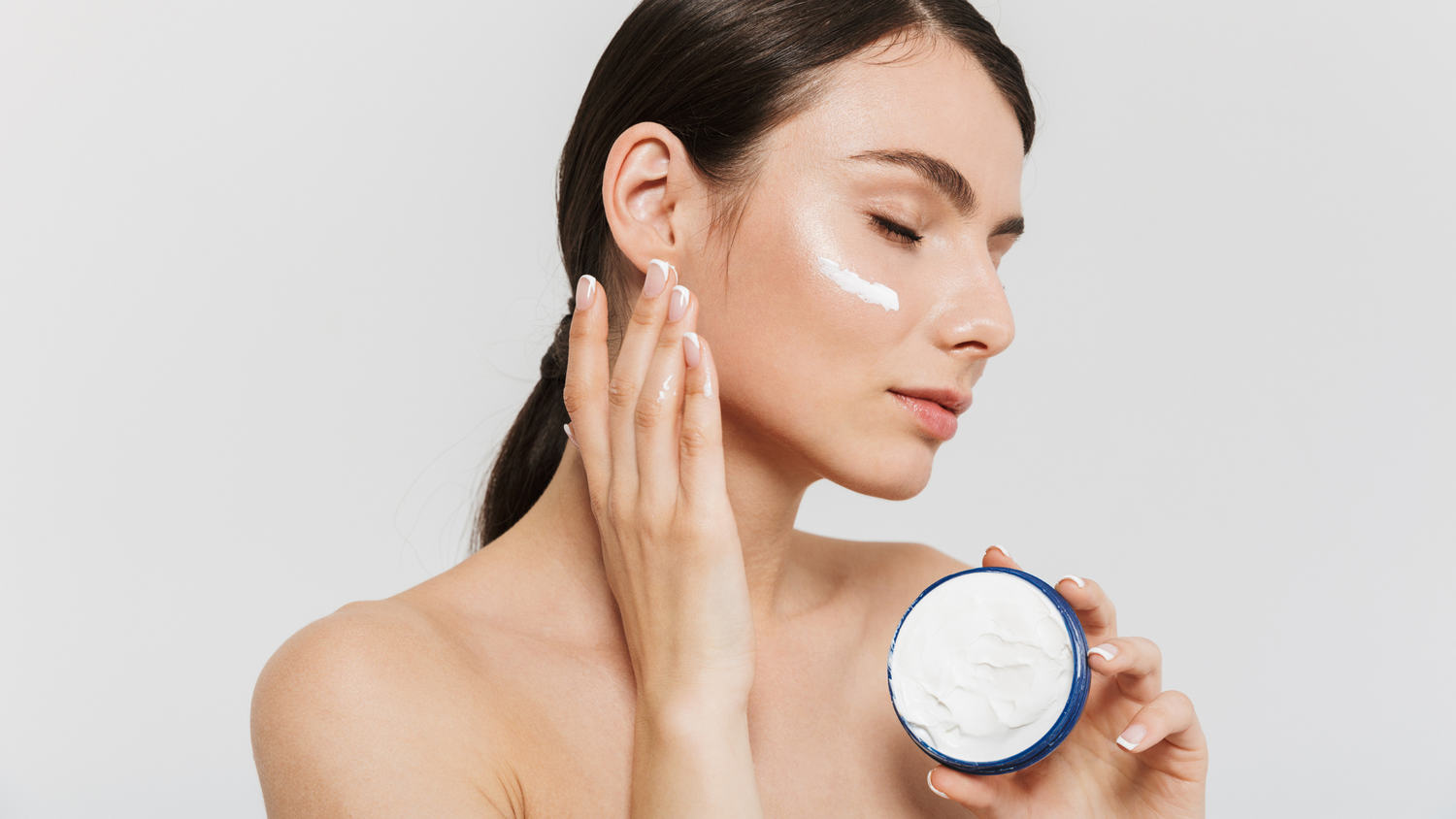Sensitive skin doesn’t just appear out of nowhere. It speaks to you in signs, symptoms, and sudden reactions. A patch of redness. A dry, tight feeling. A cream that suddenly stings. These aren’t just random flare-ups. They’re messages.
Understanding the science behind sensitive skin can help you respond early, care better, and prevent deeper damage. Let’s decode what your skin’s really trying to tell you and what to do when it finally starts talking.
Sensitivity begins at the barrier
Your skin’s top layer called the skin barrier is designed to protect you. It locks in moisture and keeps out irritants. But when this barrier is weak, your skin becomes reactive to almost everything: pollution, weather, sweat, and even your own skincare products.
Sensitive skin is, at its core, a sign of barrier dysfunction. When that natural shield is broken, your skin can't defend itself. And that’s when sensitivity shows up in the form of:
-
Redness or blotchy patches
-
Burning or stinging after product use
-
Dryness that doesn’t improve with moisturiser
-
Flaky or tight texture
-
Sudden bumps or breakouts without a clear cause
The more we ignore these signs, the more the barrier breaks down and the more sensitive the skin becomes over time.
The real triggers behind your flare-ups
You don’t wake up with sensitive skin overnight. Most often, it’s the cumulative impact of everyday habits that quietly weaken the barrier. Here’s what could be triggering your skin without you even realising it:
1. Over-cleansing or using harsh face washes
Foaming cleansers, strong acids, and scrubs can strip away natural oils, leaving your skin exposed and inflamed.
2. Constant product switching
Trying a new toner every week? Swapping serums too often? For sensitive skin, inconsistency causes chaos. Your barrier needs routine—not surprises.
3. Overuse of actives
Even trending ingredients like retinol or vitamin C can overwhelm the skin when used too frequently. Sensitive skin needs support, not stress.
4. Skipping SPF
UV rays are one of the biggest culprits of long-term barrier damage. And without sunscreen, sensitive skin remains in a cycle of flare-up and repair.
5. Pollution, heat, and sweat
Environmental stressors like dust, heat, and perspiration can easily irritate skin that’s already vulnerable.
What your skin is trying to say and how to respond
Sensitive skin sends messages in ways that are often misunderstood. Here's what common symptoms actually mean and what to do about them.
If your skin feels tight after washing:
It’s crying for hydration. Use a gentle, low-pH cleanser followed by a barrier-repairing moisturiser.
If moisturiser stings or burns:
Your barrier is inflamed. Avoid all actives and switch to a minimalist routine with calming ingredients.
If redness appears in specific areas:
It’s not “just your skin tone.” It’s inflammation. Avoid rubbing, tugging, or layering too many products.
If breakouts happen along with dryness:
You might be over-cleansing or using drying acne treatments. Balance is key, clear without stripping.
If your skin suddenly reacts to old favourites
Your barrier might be damaged from stress, weather, or travel. Take a break from active skincare and rebuild.
Soothing your skin starts with stopping the damage
Instead of adding more products, sensitive skin needs a reset. Here’s how to give your skin space to heal:
-
Use fewer products: Cut down to a barrier-safe cleanser, moisturiser, and sunscreen.
-
Avoid fragrance and alcohol: These are common irritants that often hide in toners and serums.
-
Introduce ingredients slowly: Even gentle actives should be used once or twice a week, max.
-
Always patch test: Don’t assume something “looks mild.” Sensitive skin needs extra caution.
-
Let your skin breathe: No layering five serums. No complicated 10-step routines. Just simple, steady support.
Building trust with your skin again
Think of sensitivity as your skin’s way of asking for a little more care and a little less pressure. When you listen to its cues, stop the over-stimulation, and focus on calming, microbiome-friendly support, your skin starts to trust you again. And that trust shows up as strength, resilience, and balance.
Conclusion
Sensitive skin isn’t random, it’s responsive. It reacts to everything you do, and sometimes, to everything you don’t. By decoding its signals and giving it what it truly needs (less friction, more care), you can prevent flare-ups before they begin.




